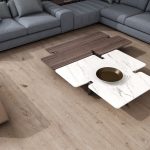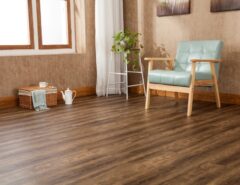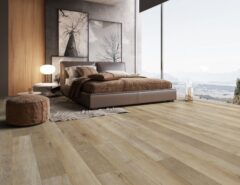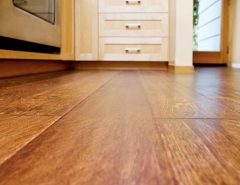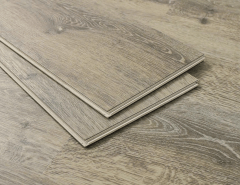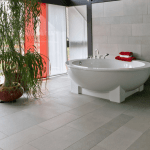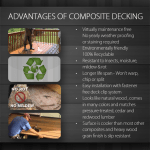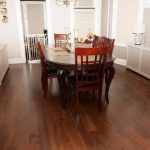One of the things that can be said about all kinds of people across cultures and across generations, is that we’re all basically the same. Sure, there are differences to be celebrated too; food, music, the beauty of language, different ways of seeing the world philosophically, and on and on.
But no matter which culture we come from, all people want the same things in the end; meaning to life, a good relationship with family and friends, and all the basics of health and comfort, too. If ever there was a solution to wars, and disputes of all kinds, then maybe that’s the first place to look.
Now, how can I possibly segue the idea of cultural unity and world peace into a post about ceramic tile?
It seems like a big job.
But, here I go.
Ceramic tile knows no borders
Ceramic tile has been with us since recorded history in all regions in the world. It’s one of the earliest varieties of building materials there is. Ceramic materials in general are among the oldest ever found since our earliest appearance on earth to the people we’ve come to be today. It’s as if no matter where we came from, as soon as humanity could make art from a pile of mud and sundry materials, that’s what we did. We made art with it, and we built our homes with it.

“Regal Rouge” Daltile ceramic tile from the Castle Deverre Series. Click the image to view and to order samples.
As civilization and recorded history progressed, the ceramic tile progressed with it, found in cultures from The Persian Empire, to Alexander the Great’s Grecian Empire, to Chinese Dynasties, to India, and even to the ancient temples of the Aztecs.
All of those peoples and civilizations rocked the ceramic tile.
And it can be assumed that they used ceramic tiles for very familiar purposes; for decoration, for walking comfort, for ease of maintenance, and for durability.
Hey! Just like today!
Do you see where I’m going with this?
Ceramic tile is largely unchanged
Since ceramic tiles have been around as long as humanity itself, how exactly has it evolved? Well, one thing that has emerged in recent years is that we’ve managed to create systems to measure different kinds of ceramic tile according to how well it’s likely to last in the areas and climates we intend to install it.
Ceramic tile can be grouped into levels of durability and for tolerance to moisture resistance. These kinds of measurements are represented by the PEI rating, which measures a tile’s capacity to resist scratches and cracking. For moisture resistance in ceramic tile, ceramics are rated on the ratio between their density and how much moisture they are measurably likely to absorb.
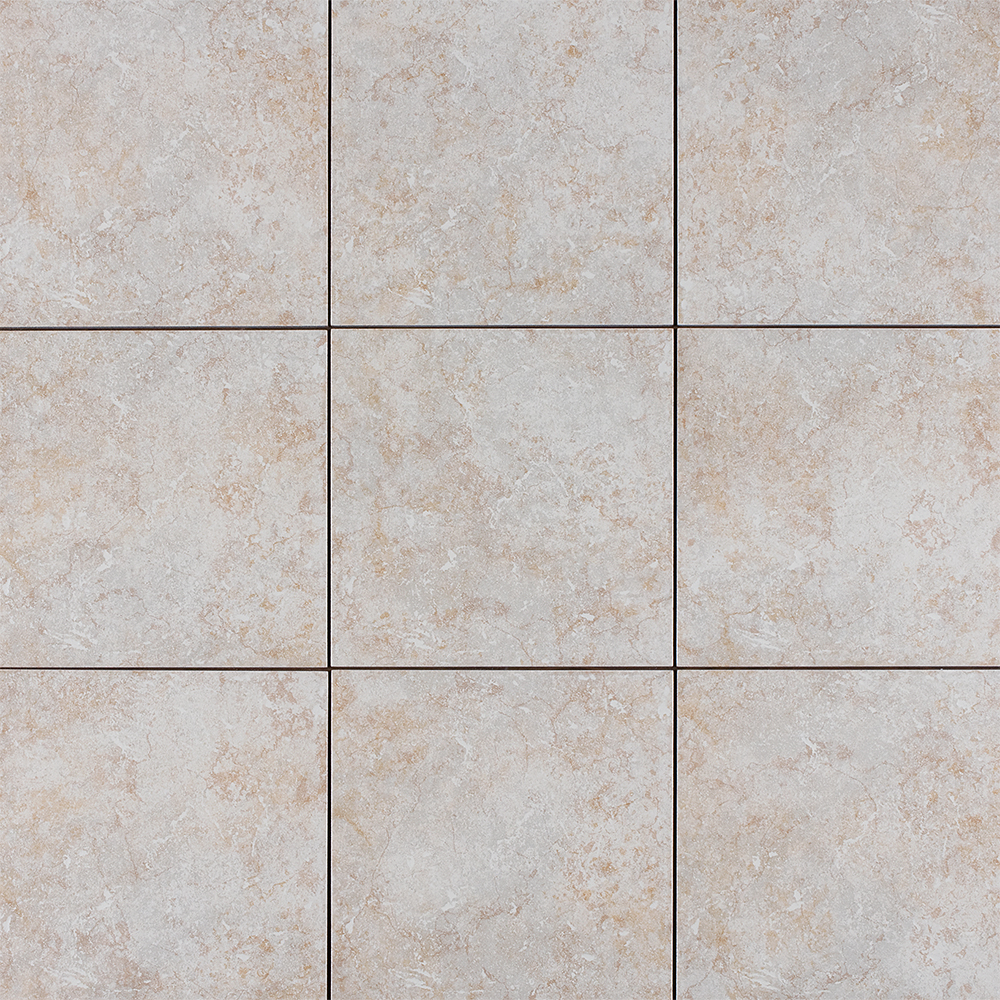
“Beige” from the Adriatic Series of Daltile ceramic tile featured by BuildDirect. It’s a totally dull name for a tile. But, the tile itself contains subtle coloration that adds an undercurrent of timeless style. Click on the image to view, and to order your samples.
But, even if those ratings are pretty new historically, the way that ceramic tile is meant to function has pretty much remained the same for thousands of years. This includes now in the 21st Century, a time when we still want to make sure our floors don’t crack, or scratch, while making our spaces look great. This was true of the Roman Centurion’s house in 4 BC as much as it’s true for the parents of three kids and a dog today living in the ‘burbs. Ceramic tile served us then as it does now.
Ceramic tiles of the 21st Century
But, even if the basics have stayed the same, the ceramic tile industry has kept an eye on what’s important to consumers beyond those basics. One area is in how ceramic tiles are made, while keeping sustainability in mind. As such, many of the varieties of tile you’ll find when you’re shopping around are made from what is known as post-industrial materials, which can include ground glass, and other materials left over from manufacturing processes. They are taken and added into the tile body, reducing waste, and increasing the durability of new ceramic tile products. Neat trick!
Another aspect of how ceramic tile has evolved is in the improvements made to the glaze. Anti-microbial factors are built into the standard non-scratching features. The same goes for improved surface slip-resistance. These elements have always been an important aspects of ceramic tile, from the epic era of Gilgamesh, to the age of the Tom Cruise/Katie Holmes break up. But, the industry has continued to improve on them using the latest technology.

“Cafe”, a selection of Daltile ceramic tile featured by BuildDirect. As you can see, attention to detail on the surface of every individual tile is more than evident. Click this image to view this product’s specs and details, and to order samples to get it in your hands to see for yourself.
So, no matter who we are or what cultural background we have, use of ceramic tile has grown up with us, a cultural companion and primary building material to human progress across all cultures and generations. That’s a lot of history! And we share it, not just as individual countries and cultures, but as a species. That’s powerful stuff.
New collections of Daltile ceramic tile at BuildDirect
Speaking of history, BuildDirect has recently partnered with ceramic tile experts Daltile to launch a series of ceramic tile collections. It’s a great part of our history as a company for certain, and another chapter in the history of Daltile, a company that began in 1947.
We’ve most recently launched 11 collections of premium ceramic tile. Click on the links to explore the products, and order your free samples:
- Ridgeview Series
- Fidenza Series
- Palatina Series
- Adriatic Series
- Canaletto Series
- Castle Deverre Series
- Ciara Porcelain Series
- Fantesca Porcelain Series
- Yacht Club Porcelain Series
- Yacht Dal Gres Ceramic Series
- Yacht Gold Rush Ceramic Series



